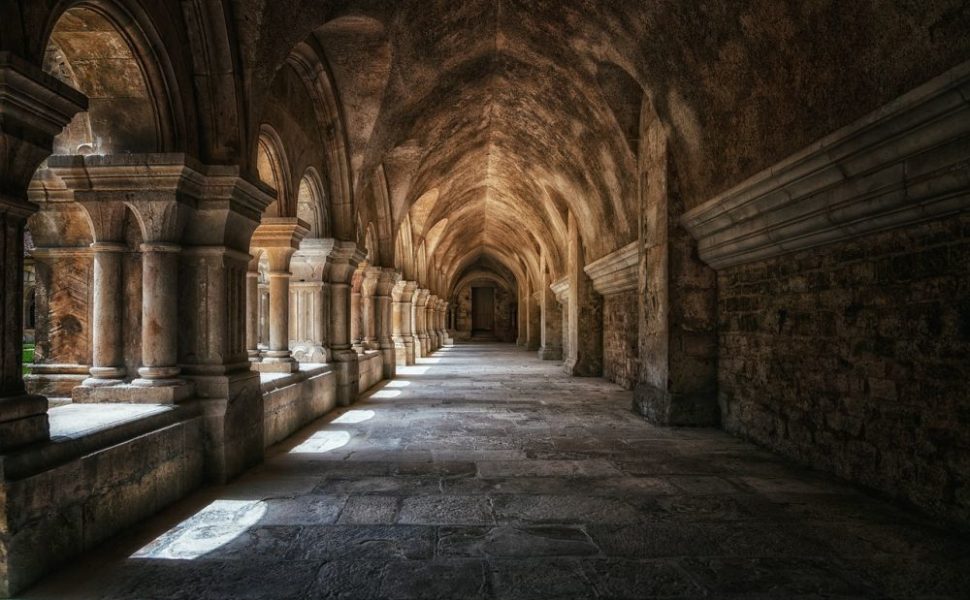Alvar Aalto: Exploring the Essence of Architectural Modernism

Introduction:
Alvar Aalto, the Finnish architect and designer, is hailed as one of the pioneering masters of architectural modernism. His work seamlessly blended functionality with an organic, human-centric approach, earning him international acclaim. In this comprehensive article, we delve into the world of Alvar Aalto’s architecture, presenting an overview of his principles, various types of his designs, their popularity, and exploring the quantitative measurements that define these iconic structures. Additionally, we discuss the differences between different types of Alvar Aalto architecture, providing a historical analysis of their advantages and disadvantages, ultimately highlighting the enduring legacy of this visionary architect.
1. An Overview of Alvar Aalto Architect:

Alvar Aalto Architect is an architectural style characterized by its emphasis on functionality, human interaction, and integration with nature. Aalto believed that architecture should serve its occupants, promoting well-being and an immersive experience. His designs sought to create harmony between the built environment and the natural world, often utilizing organic forms, natural materials, and innovative techniques. Through his work, Alvar Aalto revolutionized the architectural landscape, leaving an indelible mark on modernist design.
2. Comprehensive Presentation of Alvar Aalto Architect:
Alvar Aalto’s architectural designs encompass various types, each representing his distinct style and principles. Some of the popular types include:
– Residential Buildings: Aalto’s residential designs prioritize both functionality and aesthetics, with an emphasis on creating a comfortable and harmonious living environment. These buildings often feature open floor plans, ample natural light, and seamless integration with outdoor spaces.
– Public Buildings: Alvar Aalto’s public buildings exhibit a profound understanding of human interaction and community dynamics. Whether it’s libraries, schools, or cultural centers, his designs prioritize functionality, flexibility, and accessibility, while maintaining a strong visual presence.
– Furniture Design: Aalto’s design principles extended beyond architecture to include furniture design. His iconic furniture pieces, such as the Paimio Chair and the Savoy Vase, embody his organic, curvilinear style and remain highly sought after in the design world.
3. Quantitative Measurements of Alvar Aalto Architect:
Measuring the impact of Alvar Aalto’s architectural designs involves various quantitative parameters. These measurements can include energy efficiency, material usage, spatial utilization, and more. For instance, Aalto was one of the pioneers in utilizing natural lighting techniques, enhancing the overall energy efficiency of his buildings. Additionally, measuring the utilization of spaces in terms of occupancy, flow, and comfort provides valuable insights into the success of Aalto’s design principles.
4. Discussion on Differentiating Aspects of Alvar Aalto Architect:
Alvar Aalto’s designs stand out due to several differentiating aspects. These include the use of organic forms inspired by nature, the seamless integration of indoors and outdoors, and the meticulous attention to detail. Furthermore, Aalto’s designs often prioritize the user’s experience by considering human-scale proportions, acoustics, and ergonomic elements. These distinguishing characteristics set his architecture apart, creating buildings that are timeless and deeply resonant with their surroundings.
5. Historic Analysis of Advantages and Disadvantages:
Throughout history, critiques and proponents alike have debated the advantages and disadvantages of Alvar Aalto’s architectural style. On one hand, his emphasis on functionality, human well-being, and sustainability aligns with contemporary architectural values. On the other hand, some argue that his designs can be challenging to adapt to rapidly changing needs and technological advancements. By analyzing the historical context, we gain a deeper understanding of the enduring merits and potential limitations of Aalto’s architecture.
Conclusion:
Alvar Aalto’s architectural designs continue to captivate and inspire architects and design enthusiasts globally. His emphasis on simplicity, functionality, and harmony between humanity and nature has paved the way for future generations. By exploring the essence of Alvar Aalto’s architecture, we gain a profound insight into the principles that define architectural modernism and its impact on our built environment.
In conclusion, Alvar Aalto’s architectural legacy continues to shape the world we inhabit, reflecting a harmonious blend of form and function. From his residential buildings to public structures, Aalto’s designs elevate the human experience and celebrate the inherent beauty in nature. As the legacy of Alvar Aalto lives on, his values and principles remain relevant, inspiring architects and designers to create architecture that truly resonates with the human spirit.
References:
– ”Alvar Aalto – Biography”, Alvar Aalto Foundation.
















































